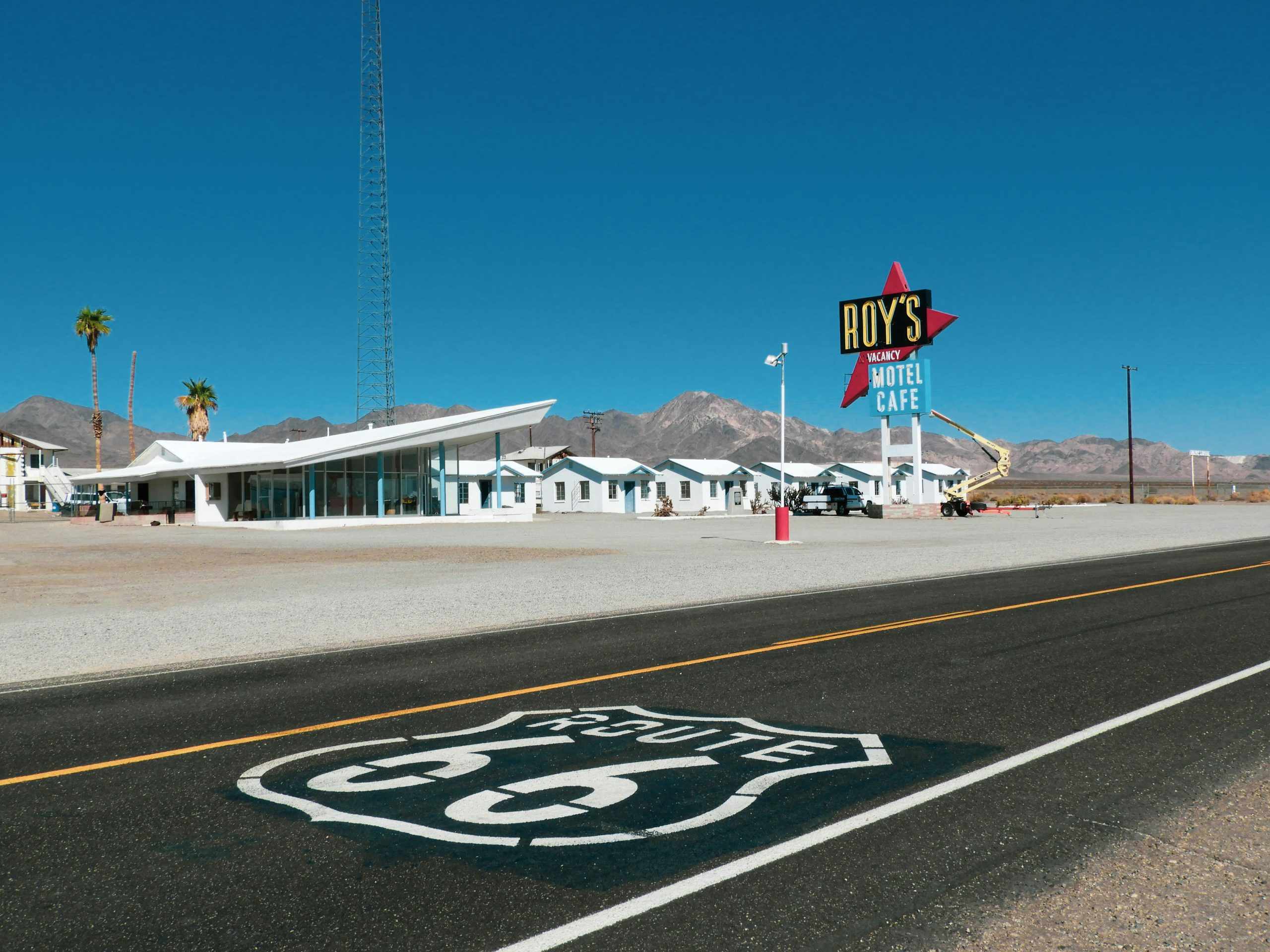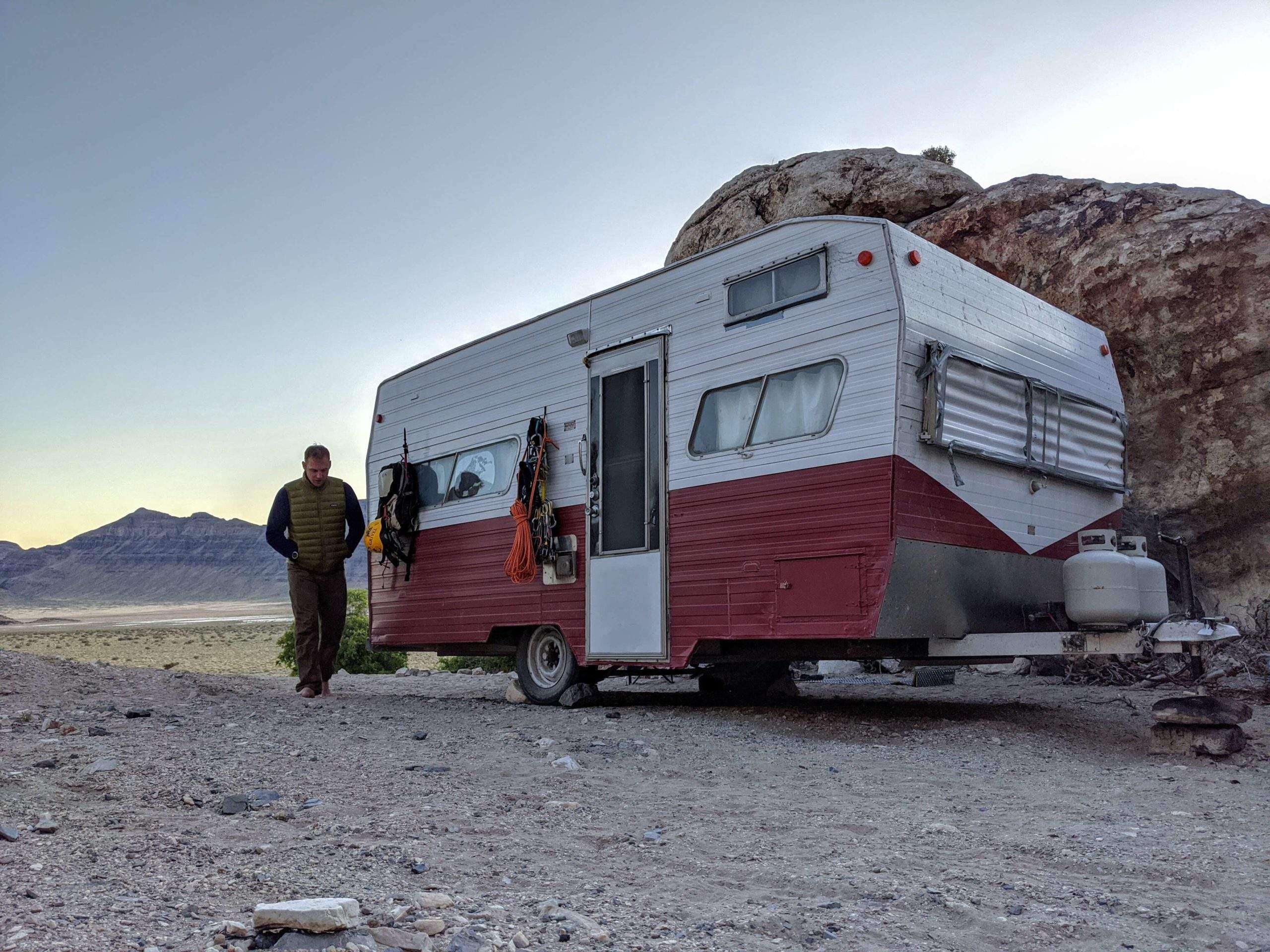If you want to take the amenities of home with you wherever you go on the road, you’ll need to have a propane system you can rely on. Propane, which is a colorless, nontoxic gas stored as a liquid in tanks on an RV, may serve as fuel for your RV’s furnace, stove and oven, refrigerator, water heater, and other appliances. But an RV propane tank by itself won’t do much good. You’ll also need to have a nifty mechanism called a propane regulator.
Not sure what this vital RV component does or how it works? No problem— we have the answers. Here’s what you need to know.
RVs For Rent Near You
What is an RV propane regulator?
A propane regulator is a small device that controls the flow of propane from the high-pressure propane tanks to the appliances in your RV.
Often referred to as the heart of the propane system, the regulator also acts as a safety device. In your tanks, propane exists as a liquid under very high pressure. It is consumed by your appliances, however, as a gas. When the liquid transforms into a gas, it expands— creating even more pressure. If not regulated by— you got it— the regulator, you may run into problems like ruptured hoses or even an explosion.
Both DOT cylinder tanks and ASME propane tanks need to be equipped with a propane regulator.
How does a 2 stage propane regulator work in your RV?
Propane regulators are relatively small, so you might be wondering how they can take care of such a large and important job.

The regulator in your RV may go by several names: a dual propane regulator, two-stage regulator, or integral twin-stage regulator. No matter what it calls itself, it’s important that your regulator has two stages built into one device and is installed at the tank.
- The first stage regulates the pressure coming directly from the tank, which can be anywhere between 100 and 200 pounds per square inch. The first stage lowers this to a more manageable 10-15 pounds per square inch.
- The second stage takes that pressure and reduces it further to the standard pressure required by appliances, which is typically 11 inches of water column. (Inches of water column is a smaller unit of measurement, therefore more exact. 11 inches of water column is equivalent to .4 pounds per square inch.)
Inside each of the stages, there’s a rubber diaphragm, a spring, levers, pivot points, and other mechanical components that work together to reduce the pressure coming from the tank and deliver a small, steady flow to your appliances.
Everything in a regulator is mechanical with no electric parts, meaning you don’t need to have a battery or be hooked up to electricity to take advantage of propane. This makes it great for boondocking.
Other types of propane regulators
Not all regulators are the same, so don’t just grab the first one you see on the shelf!
Basic regulator and hose kits found at your average hardware store are good for gas grills and small appliances. Anything with an output larger than 50,000 or 60,000 BTUs will need a two-stage setup.
With a first and second stage regulator setup, the two stages will be separated. In a house, for example, you will usually see the first stage close to the tank and the second closer to the propane appliance.
Integral twin stage regulators, which are used in RVs, combine the first and second stages into one unit. They’re great for when you’re hooking up multiple appliances.
Integral twin stage regulators typically aren’t recommended in situations where the propane tank and appliances are separated by a distance since the pressure coming out of the second stage isn’t very strong. Luckily, this isn’t an issue in RVs since everything is so compact!
The last type of propane regulator that you may encounter is a high-pressure regulator. These are designed to accommodate appliances like large fryers or grills with many burners that demand a lot of propane.
How to pick the best RV propane regulator
Here’s how to pick out the right propane regulator for your RV.
- Make sure it’s the right type. Again, most RVs require an integral twin stage regulator, which contains both stages in one unit!
- Check the orientation of the second stage vent. You’ll want to make sure that you purchase a regulator that will have the second stage vent oriented downward when it is installed. This will allow any condensation to drain out and prevent debris from entering the vent.
- Know your capacity. Be sure that the regulator can handle your appliances by checking the capacity of the regulator and demand of your appliances, which is measured in British thermal units (BTUs). Typically, if a regulator is advertised for RV use, it will be able to easily keep up with the demand.
- Look at what it’s made of. Good quality regulators are typically made of brass and aluminum. Both metals are generally resistant to sparking, which is important since propane is combustible.
- If you have two tanks, look for a regulator with an automatic changeover. If you’re using two DOT cylinders, a regulator with an automatic changeover will allow you to simply flip a switch to change tanks.
- Read reviews. Before you purchase a regulator, see if there are any reviews of the product. If the majority of users have complained about the product, look for another brand or model.

Your propane regulator should be covered. Some models will come with a cover, while others do not. If yours doesn’t come with a cover, consider purchasing one separately. This will keep your propane system in tip-top shape and maximize the regulator’s lifespan.
How to install a propane regulator on your RV
You’ll want to follow the instructions that came with your regulator, but hooking up your regulator should be very straightforward.
1. Turn off your propane tanks.
Begin by turning the valve(s) to your propane tank(s) off. You’ll also want to empty the gas lines before you remove the regulator. To do this, light a stove burner and let the remaining propane burn off. After the flame goes out, turn the stove off.
2. Remove the old regulator.
Remove the old regulator. You may need a wrench to help loosen the fittings. If you’re installing one for the first time, ignore this step!
3. Remove old tape and retape the gas lines.
If there is old plumbers tape on the propane line threads, remove it and wrap new tape around it. Plumbers tape helps create a snug fit and prevents leaks. Make sure that the tape is yellow, which means it is rated for use with gases like propane. If you use the wrong tape, it can disintegrate and you’ll be left with a leak.
4. Attach the regulator to the main line.
Screw the regulator onto the gas line. Make sure that the line is snug.
5. Attach the regulator to the propane tanks.
Next, you’ll screw the line(s) coming from the regulator to your propane tank(s). Again, make sure the connection is snug. You don’t want any gas leaking out!
6. Turn on your propane.
Finally, you’ll want to open up the propane tank. Be on the lookout for any signs of a leak, such as a hissing noise. It’s also a good idea to brush over the connections with soapy water. If you see bubbles appear, you have a leak. To remedy this, turn off the propane, unscrew the regulator, and add more yellow plumbers tape.
RV propane regulator troubleshooting
Having problems? Here are some potential solutions.
| Problem | Possible solution |
| There is no propane flow | Start by ensuring that your propane tanks are filled and turned on. If they are, check the excess flow valve on your propane tank. This is engaged when propane leaves your tank too quickly and can be indicative of a leak. It can also be engaged if you open your tank valve too quickly or haven’t screwed the propane hose onto the tank properly. To rule out these possibilities, unscrew and re-screw the propane hose, then reset the excess flow valve by turning off the propane and all appliances. Wait a few minutes before slowly opening up the propane again. If this doesn’t work, do an inspection for a leak. If you smell propane inside your RV, turn off your propane and all appliances immediately and air out the RV. The leak needs to be addressed by a professional ASAP. If there is no reason for the excess flow valve to be engaged, the regulator may be faulty and needs replacing. |
| Appliances aren’t receiving enough propane, indicated by: Yellow flame on stoveRefrigerator not cooling like it normally doesFurnace not heating properly | If all of your appliances are on the fritz, it is likely that it is a regulator problem. Start by resetting the regulator. If that doesn’t work, your regulator likely needs replacing. If this still doesn’t solve the problem, you may have a blockage or issue somewhere else in the system. If only one appliance isn’t working correctly, it is likely an issue with the appliance itself |
| Propane smell near the regulator | This indicates a leak at the regulator. If all connections are secure and snug with yellow plumbers tape, your regulator may be bad and needs replacing. |
| Automatic changeover on the regulator isn’t working | Reset the regulator; if this doesn’t work, replace. |
| Tank level indicator on the regulator isn’t accurate | Reset the regulator; if this doesn’t work, replace. |
To reset your pressure regulator, turn off all of your appliances in your RV. Close the valve on your propane tank and wait at least five minutes. This will reset any internal safety features that may have been triggered.
Propane regulator tips
1. Never try to adjust the pressure on a regulator.
To do it right, you’ll need specific knowledge and a few specialty tools. This is a job best left to the professionals.
2. Check the vents on the regulators regularly.
As with everything on your RV, preventative maintenance is key with your propane system. Dirt, debris, ice, and small critters can clog up the holes, preventing the regulator from properly doing its job. Again, it’s always best to keep your regulator covered.
3. Do not overfill your propane tanks.
Doing so can cause liquid propane to enter the regulator. If this happens, the regulator can gunk up and you will need to replace it.
Best Practices for Installing and Maintaining an RV Propane Regulator
To ensure safety and efficiency, follow these tips:
- Installation: Always use the correct tools and follow the manufacturer’s instructions when installing a regulator. A loose or over-tightened connection can cause leaks.
- Routine Maintenance: Check the regulator and hoses for wear and tear. Replace them immediately if cracks or damage are visible.
- Storage Precautions: Store propane tanks upright and in well-ventilated areas to prevent regulator contamination or malfunction.
- Professional Inspection: Schedule regular checks with a certified RV technician to ensure the entire propane system is functioning safely.
FAQ: RV Propane Regulators
Q: How often should I replace my RV propane regulator?
A: Most manufacturers recommend replacing the regulator every 10 years, or sooner if it shows signs of wear or malfunctions.
Q: Can I use a dual-stage propane regulator for my RV?
A: Yes, dual-stage regulators are often the best choice for RVs because they provide a consistent gas flow, even under fluctuating temperatures.
Q: What size regulator do I need for my RV propane system?
A: The size depends on the propane appliances in your RV. Check your appliance specifications to ensure the regulator matches their requirements.
Q: How can I tell if my propane regulator is bad?
A: Symptoms include reduced gas flow, hissing noises, or the regulator freezing during use. If these occur, replace the regulator immediately.
Stay cooking and warm with your propane regulator
Your propane regulator is a vital component of your entire propane system. Without it, you could be without heat, hot water, refrigeration, or a stove to cook on. Understanding how it works will help you better care for your regulator and troubleshoot issues should they arise. With just a little propane knowledge, you and your renters will be able to get on the road and stay on the road!








